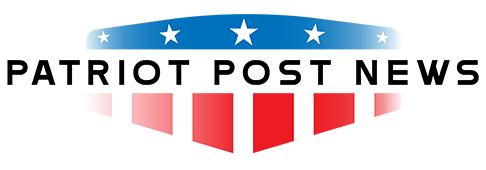
San Francisco’s Speed Safety System Pilot Program introduces income-based fines using speed cameras to improve road safety, sparking a debate over fairness and effectiveness.
Key Insights
- San Francisco installed 33 speed cameras as part of a new road safety program.
- The program offers means-tested fines, with up to 50% discounts for low-income drivers.
- Critics argue the approach could create inequalities in the justice system and set a controversial precedent.
- Cameras strategically placed in high-risk areas aim to reduce speeding and improve public safety.
- The initiative’s impact might inspire similar programs in other California cities.
Implementing Speed Cameras
San Francisco pioneered the implementation of a fixed network of 33 speed cameras, making it the first in California to adopt such a system. These cameras are strategically placed in high-risk zones, known as “high-injury corridors” and school areas. The initiative followed a year where traffic-related fatalities exceeded homicide rates in the city, underscoring a pressing need for enhanced road safety measures.
Julie Kirschbaum, stated, “Collecting data, we’re documenting our experience and our goal is to eventually help cities throughout California implement this important safety tool.” The city plans to use this gathered data not just for local improvements, but also to assist other areas in deploying similar systems, should this pilot prove successful.
Income-Based Fines System
A unique aspect of the program is its progressive fine structure based on income, which incorporates a three-tier system to reduce financial strain on low-income drivers. Fines range from $50 to $500, depending highly on the speed limit violation, while discounts are available for those earning below a specified threshold, up to $30,120 annually. The scale adjusts for family size, offering relief up to $83,920 for larger families.
While this policy on income-based fines aligns with notions of economic equity, it has also led to controversies and challenges. Critics deem the sliding scale as a ‘woke penalty loophole.’ Concerns revolve around preserving a uniform application of justice, with allegations that it could lead to legal challenges on grounds of privacy and uniformity violations.
San Francisco’s New Speed Camera Fines Scaled by a Driver’s Income Are Fast Approaching https://t.co/vXtNx3j21s pic.twitter.com/WLrXleUBHg
— warrantyuplift (@warrantyuplift) March 26, 2025
Public and Critic Reactions
The pilot program has sparked debate about its implications on the rule of law and penal standardization. One critic, San Francisco resident and political commentator Richie Greenberg, noted, “The Fourteenth Amendment promises uniformity, not a sliding scale of justice tailored to personal finances.” Some view the program as primarily a revenue-generating tool rather than a genuine safety initiative. The potential to issue a large volume of fines—estimated at up to 42,000 tickets daily—raises further questions.
A two-month warning period before fines take full effect ensures drivers are notified about the changes and have time to adjust. Consequently, the impact on driver behavior remains a focal point, with the pilot’s success potentially setting a precedent across California, paving the way for similar initiatives in other cities.
Sources:
- Fury as it’s revealed select Californians will pay less for speed camera fines under woke new policy – NewsBreak
- Greenberg: SF’s Speed Fines are a Wealth Grab – California Globe
- San Francisco rolls out Newsom-approved program fining speeders based on income – DNyuz

























